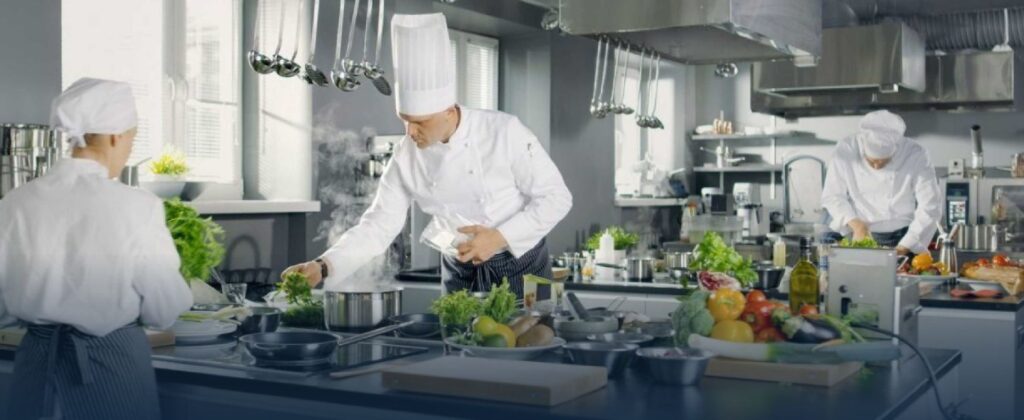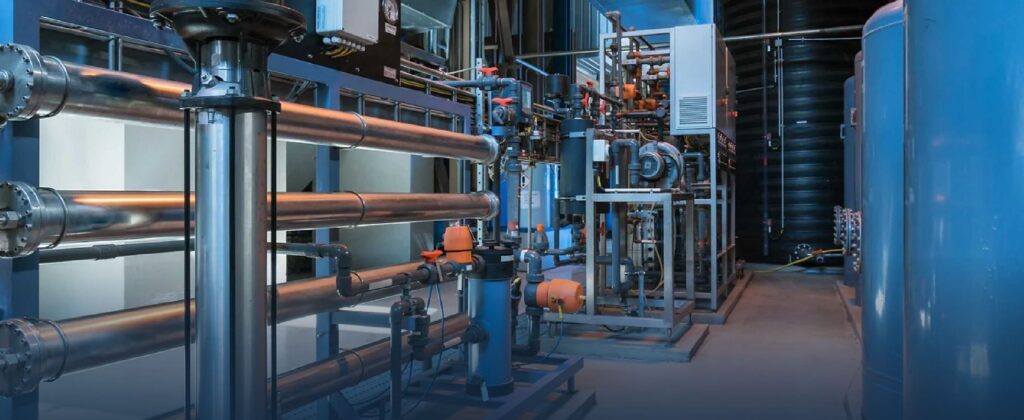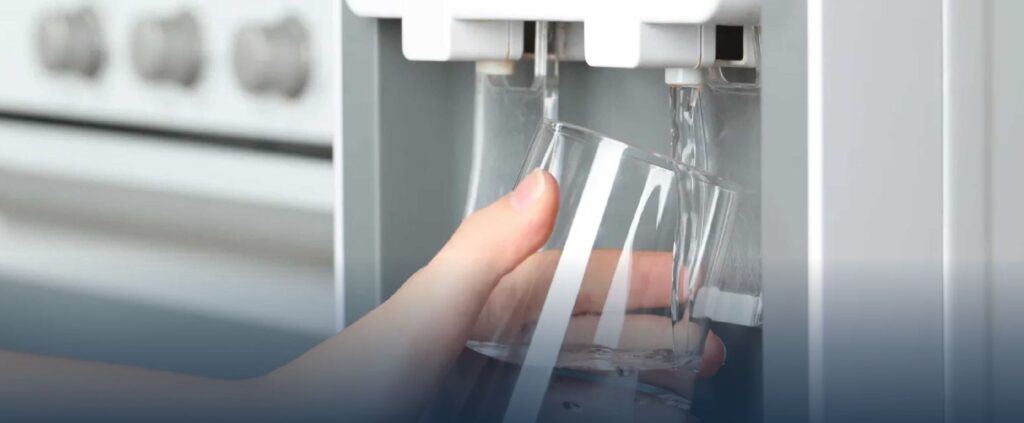KNOWLEDGE BASE- BEST WATER FILTER SYSTEM FOR YOUR HOME
The best water filter system for your home.
There are a vast number of different water filters or purifiers on the market today, and choosing the best water filter system can be a rather daunting and cumbersome task. There is some confusion in the water industry about the meanings and differences between water purifiers and water filters. Many industries use the two terms interchangeably to describe the same process, i.e. filtration. The accepted definition of “pure” water for most water industries is water that is free of bacterial components. The definition does not include chemical contaminants. A water filtration system is designed to remove unwanted chemicals and minerals, but it is not recommended for the removal of bacteria and viruses.
We have compiled a number of factors that need to be considered when making the right choice in deciding on your best water filter system:
- Do you want filtration in the kitchen or for the whole house?
- You need to consider the water source and the potential contaminants.
- You need to consider the water flow rate and pressure.
- You need to consider the aesthetic, chemical and microbiological properties of your water supply. This can vary greatly depending on the water supply;
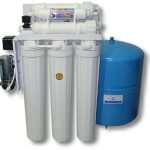
Municipal water contains fluoride, chloramine or chlorine which can impact the aesthetic properties of water. Chlorine forms different by-products and we don’t really know what the impact on our long term health is. Depending on your location, the water may be soft like Melbourne water, or hard, like Brisbane water. Fluoride in domestic water supplies has become a major concern for some residents, and is being scrutinised by various organisations. Despite being in some water supplies for generations, the impact and side effects of too high fluoride levels have now become of public concern. There is no doubt that some water filter companies are taking advantage of the media hype and milking the fear about ‘mass medication’ of the public. The dosing of fluoride into our water supplies is strictly controlled with max dosage typically set at 1 ppm. Reverse Osmosis systems can remove as much as 98% Fluoride, however this would only be cost effective for point of use applications. Whole house fluoride removal would be an expensive exercise and a small 100 litre capacity ion exchange system would cost in excess of $5000. The cost of chelating resins with fluoride specific ion removal capacity cost about $46 per litre. More on fluoridation.
Chloramines ( Monochloramines) as a disinfectant is gradually replacing chlorine due to it’s longer residual disinfectant power hence providing longer protection in the water supply network. Chloramines ( which is the reaction product of Chlorine with ammonia) are generated also in public pools where chlorine is used as a disinfectant . The chloramines can cause substantial respiratory discomfort and are bad news for some allergy sufferers. More about Chloramines.
Private water supplies can contain all different types of contaminants, and they can impact your health and corrode your plumbing and hot water system. Testing your water supply is really the first step in deciding what filtration system best meets your requirements. Surface waters like dams, which may have high levels of suspended matter and dissolved solids would require multiple treatment and filtration steps.
Best Water Filter for the Kitchen:
Ultrafiltration with pre-filtration.
Relatively unknown for residential applications, ultrafiltration is fast gaining in popularity. Ultrafiltration allows for more flexibility as the systems are compact, requiring only inlet pressures of 100 kPa. The units depending on model selected, can deliver up to 3000 litres per hour purified water hence not requiring a water storage tank. Filtration is by particulate exclusion to 0.01 micron and the membranes are typically operated in a dead-end configuration. This means that the waste outlet needs to be opened at regular intervals to allow the concentrate to drain out and the membranes to be flushed.
Pros: High flow rate; does not need a pressure tank, operates at low pressure as low as 100 kPa, 99.9% removal of viruses, bacteria, cysts and algae. Retains the healthy minerals in the water. Compact System. Water Purification to 0.01 micron. Minimal water wastage- membrane can be forward flushed, reduces issues with membrane fouling. More resilient to oxidising chemicals like chlorine.
Cons: Will not remove fluoride unless an ion exchange pre-filter is installed. Will not remove salt or any small molecules.
RO System with pre-filtration, post carbon filtration and alkaline filter.
RO Systems or Reverse Osmosis Systems have become the most trusted choice in delivering great tasting contaminant free water. Reverse Osmosis Systems require a minimum pressure of 300 kPa to operate efficiently and lower pressures will result in a decline in flux and salt rejection.( water quality)
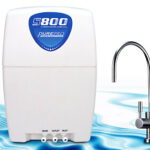
Pros: High level of purification 0.0001 micron. High levels of salt rejection and fluoride removal. Will remove 99.9% pathogens. Added alkaline or mineral stage will correct pH, provide buffering and add healthy minerals back into the water.
Cons: High levels of water wastage as much as 3 litres wasted for each litre of water purified. Low flow rate (200 l/day) and requires a pressure tank. Requires high pressure (300 kPa) to operate at optimum performance. Removes all the healthy minerals, which then have to be replaced. Produces acidic water, as a reverse osmosis system cannot remove carbon dioxide, which forms carbonic acid in the presence of water.
Countertop Reverse Osmosis System with removable water container.
5 stage water purification including reverse osmosis, with water being dispensed into a removable water container that attaches to most water coolers. The removable container can also be placed in the fridge for cold purified water.
Pros: Compact Ro system, portable water container, easy connection and no plumber required, can be used in different locations
Cons: Same disadvantages of typical RO systems, non -alkaline water- however alkaline stage can be added.
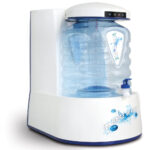
3 Stage Cartridge Filtration (Sediment Filter, Activated Carbon plus KDF, Carbon Block)
This is a more affordable house filter, compared to the above mentioned water purifiers.
Pros: Higher flow rate (although dependent on micron rating and condition of cartridges), will remove chlorine, chloramine and other organic and inorganic contaminants. KDF media will reduce risk of biofilm and bacteria. Carbon Block removes free chlorine and organic molecules contributing to bad taste and smell. Lower cost.
Cons: Will not remove fluoride (unless ion exchange with fluoride selectivity is added) cannot be classed as a water purifier. Limited protection against bacteria and viruses and will require micron rating of at least 0.5 micron to provide moderate level of protection. Flow will decay as pores clog and resist flow, increasing the pressure drop. Needs replacement at 6-12 month intervals, or more frequently if smaller micron sizes are selected.
Best Filter for Whole House Filtration
The type of filtration system selected for whole house water supply depends on the water source and quality. For optimal results it is recommended that a water analysis is conducted for private water supplies including bore water, surface water and rain water. It should be noted that water quality parameters can be extremely variable, hence water quality should be routinely checked to enhance your water filtration options and ensure your water supply is free from pathogens like E.coli.
3 Stage Jumbo Filter Filtration with Ultrafiltration and/or UV disinfection
2 Stages pleated sediment filter 10 micron and 5 micron , followed by carbon block filter. Ultrafiltration with adequate flow rate redundancy to offset flow rate decay will remove most pathogens. Ultraviolet disinfection will provide additional protection against water borne pathogens. The ultraviolet disinfection will provide protection against waterborne pathogens without producing undesirable disinfection by-products.
Pros: High flow rate capacities, removes organic contaminants that cause bad taste and odours. Will remove any contaminants to 0.01 micron including pathogens. Will not remove naturally occurring minerals.
Cons: Not suitable for high turbidity and high dissolved organic content water – which requires additional treatment. Will not provide residual protection against waterborne pathogens, hence requiring point-of-use purification. Will not remove minerals, hence for hard water, a water softener may be required. We do not recommend electromagnetic , magnetic water conditioners or any other useless devices deemed to condition water to deal with the permanent hardness salts in water.
Bore or spear water supply may require various steps of treatment depending on the contaminants and aesthetic properties of the water. Often, pH correction, oxidation, iron and manganese removal are required.
Rain water quality is often an overlooked factor and many households rely on minimal or No filtration at all to supply water for potable and non-potable use. It is important to conduct regular maintenance on your rain water supply and prevent ingress of organic matter or other contaminants. First flush diverters, gutter screens and floating water inlets are some useful improvements so ensure better water quality. Regular tank flushes to remove the silt are also recommended.
Conclusion: In deciding the optimal water filtration or purification system for your residential needs a number of considerations should be taken into account starting with a water analysis, and also considering the water source. Any treatment step that removes chlorine or chloramine will remove the residual protection provided by these oxidisers. Reverse osmosis is a popular way to provide point- of- use water purification and removing any contaminants for great and safe drinking water. Ultrafiltration allows for more flexibility in allowing water purification at much lower supply pressures, yet at high flow rates with the retention of naturally occurring minerals.

